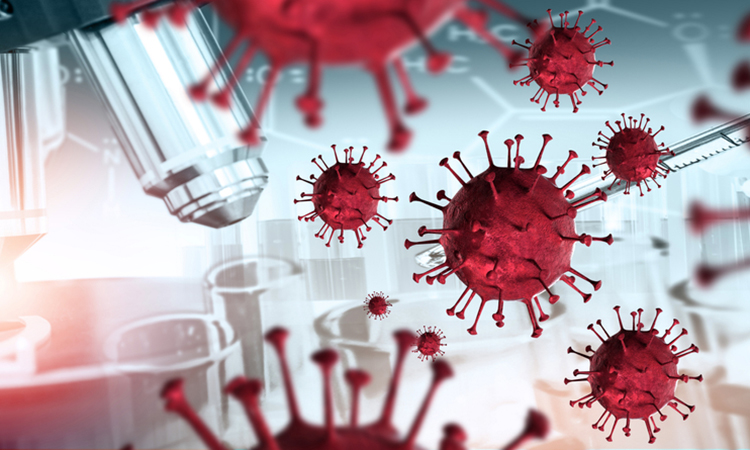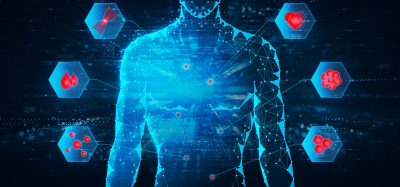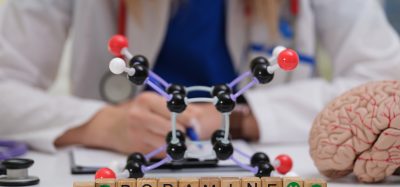Scientists discover an antibody that potentially acts as a therapy against SARS-CoV-2
Posted: 22 July 2022 | Ria Kakkad (Drug Target Review) | No comments yet
The scientists found that the neutralising monoclonal antibody protected against SARS-CoV-2 infections in animal experiments.


Researchers have discovered a neutralising monoclonal antibody that potentially acts as a potent universal coronavirus therapy against SARS-CoV-2 and all its variants of concern, including Beta, Gamma, Delta, Epsilon and Omicron. In animal experiments, the monoclonal antibody protected against infections when given as an intraperitoneal injection or a nasal dose. The findings were recently published in PLOS Pathogens.
The goal of the researchers was to find antibodies that do not permit immune escape by mutated variants of SARS-CoV-2, the virus that causes COVID-19. This includes Omicron and any future variants of concern. It is hoped that identifying and studying such antibodies can lead to the development of vaccines that protect from all coronaviruses.
Vaccines and other monoclonal antibodies against SARS-CoV-2 have largely focused on the receptor-binding domain, or the RBD, located at the heads of the S viral protein spike that projects from the surface of the virus. Each virus has 24 to 40 spikes. The RBD is very good at eliciting an immune response, but that portion of the S permits many mutations that can let the virus escape antibodies.
One key in the present research was finding an antibody target on a part of the spike called the S2, or the stalk region. This region is highly conserved and only rarely mutates because that would disrupt its essential function. After the RBD at the head of the S attaches the coronavirus to a receptor molecule on the surface of a target cell, the S2 stalk acts to bring the virus inside the target cell. There the virus replicates, killing the cell and releasing a hoard of new, infectious virions.
The hunt for useful antibodies began with screening blood samples from adult convalescent patients. Memory B cells in the blood that bound to custom S2 protein baits, developed by the researchers to mimic the natural state of the S2 domain of spike, were used to create a panel of unique cells able to produce human monoclonal antibodies (hmAbs), which then could be screened for effectiveness against the virus. Memory cells targeting S2 are scarce because the RBD is immunodominant; its several antigenic sites account for 90 percent of the neutralising activity of convalescent plasma.
Seventeen hmAbs showed binding to the S2 protein. Only four of these were able to neutralise a SARS-CoV-2 pseudo virus and a live SARS-CoV-2, including the Beta and Omicron variants.
The top performer, the 1249A8 hmAb, had the broadest and most potent neutralizing activity, against strains that included the original Wuhan, China, SARS-CoV-2; the Beta, Gamma, Delta, Epsilon and Omicron variants; the SARS-CoV and MERS-CoV; and two common cold viruses.
The hmAb protected mice from SARS-CoV-2 illness, as measured by maintenance of body weight and clearance of virus from mouse lungs four days after infection. Furthermore, the 1249A8 hmAb showed synergism when used in combination with 1213H7, another hmAb discovered by the researchers. 1213H7 is active against the RBD of the viral S glycoprotein.
“These results indicate in vivo cooperativity between S1- and S2-specific neutralising hmAbs and that potent universal coronavirus neutralising mAbs with therapeutic potential can be induced in humans and can guide universal coronavirus vaccine development,” concluded co-senior author, Dr James J. Kobie.
Related topics
Antibodies, Antibody Discovery, Drug Discovery Processes, Molecular Targets, Monoclonal Antibody, Therapeutics
Related conditions
Covid-19
Related people
Dr James J. Kobie








